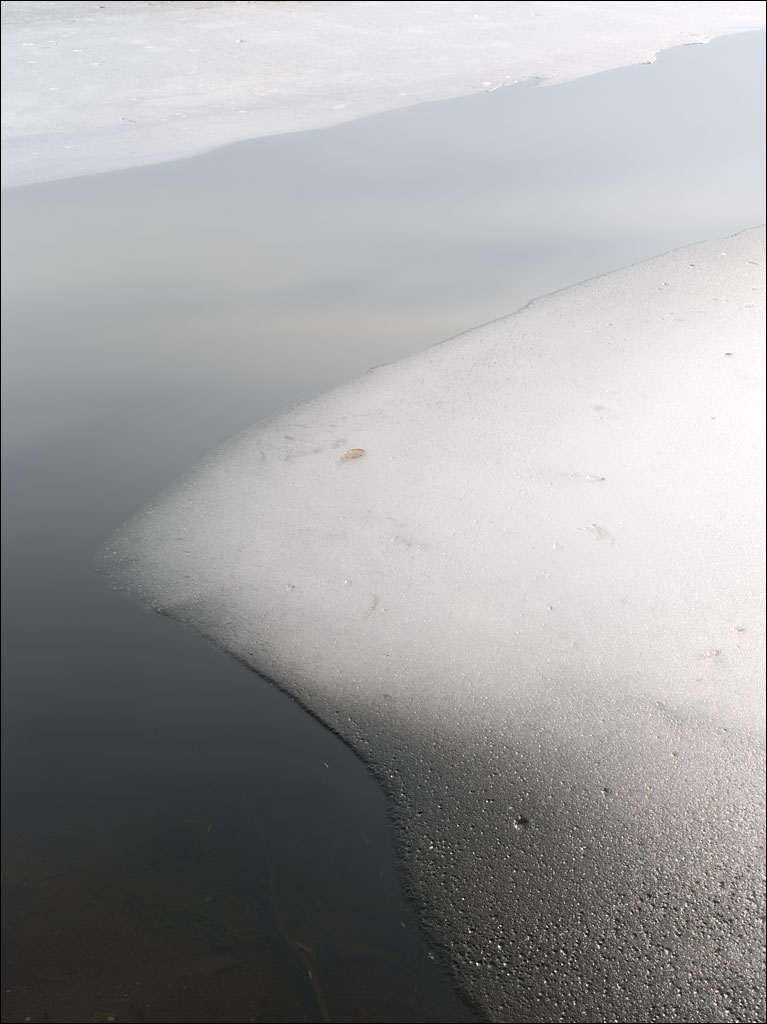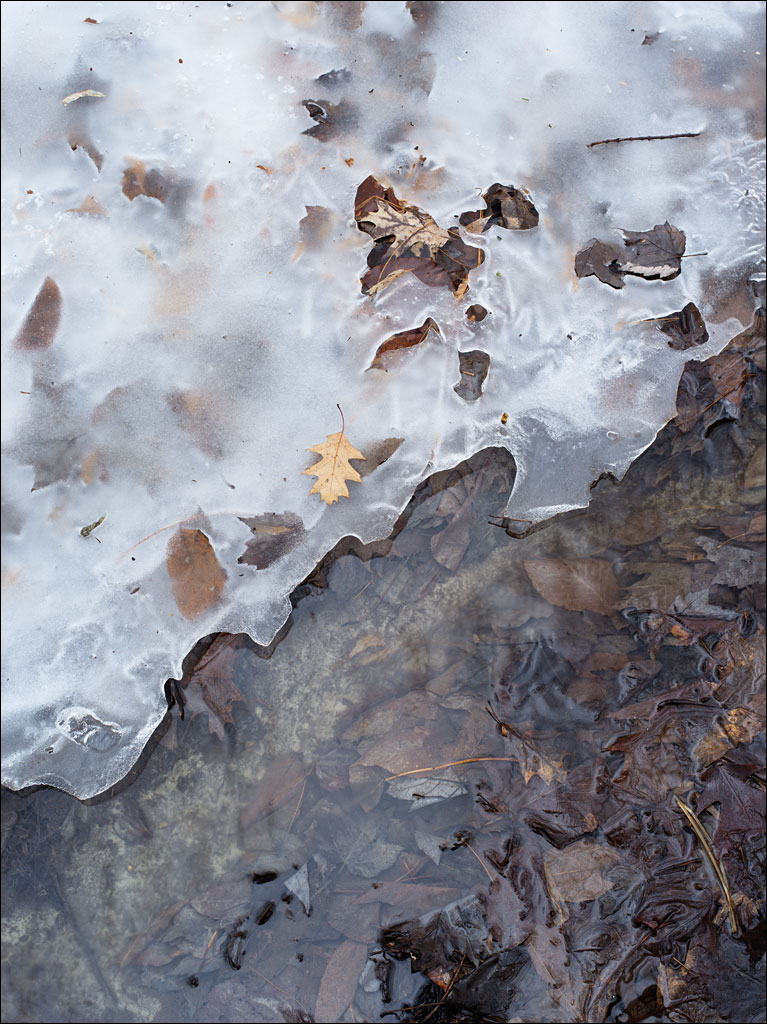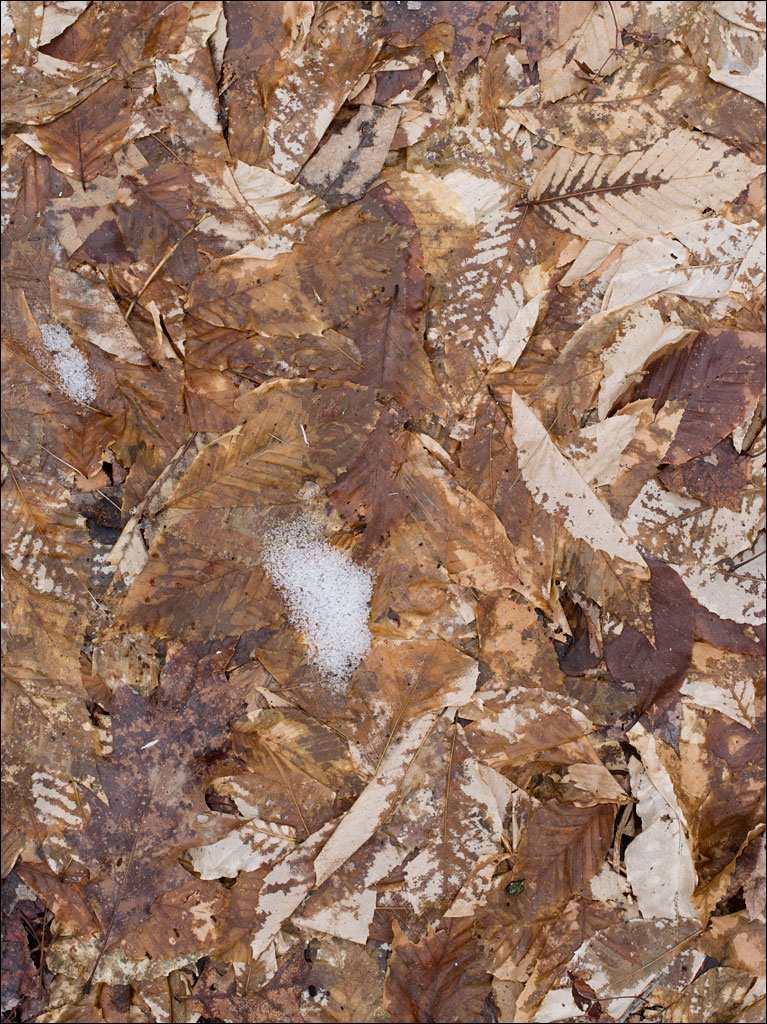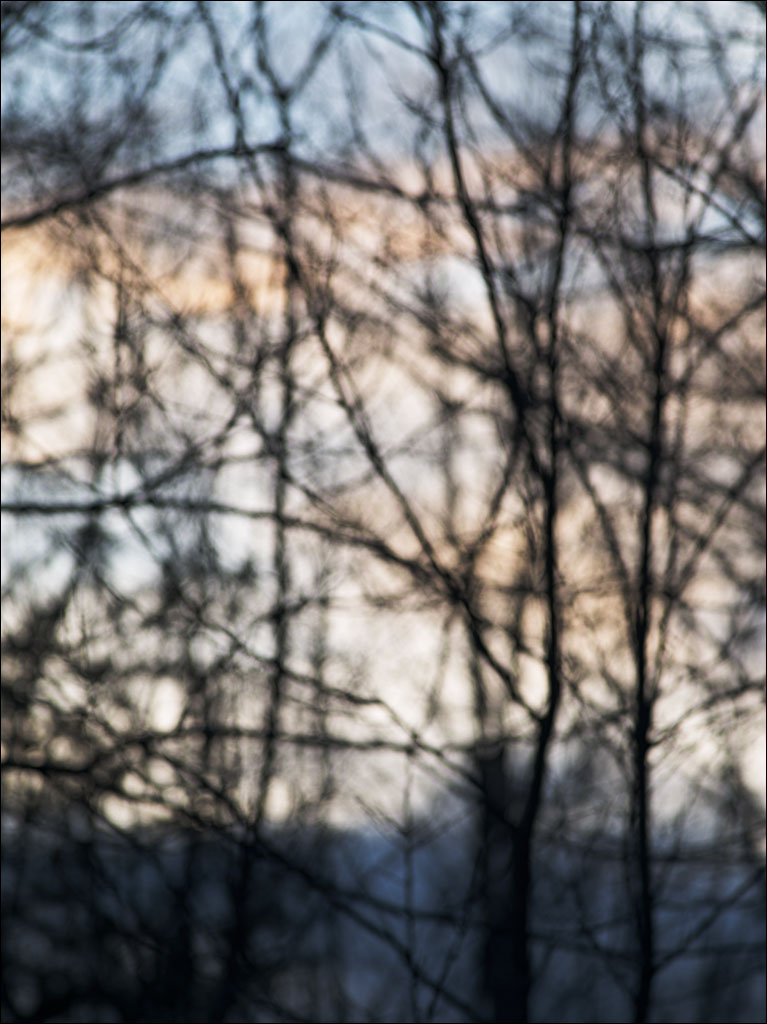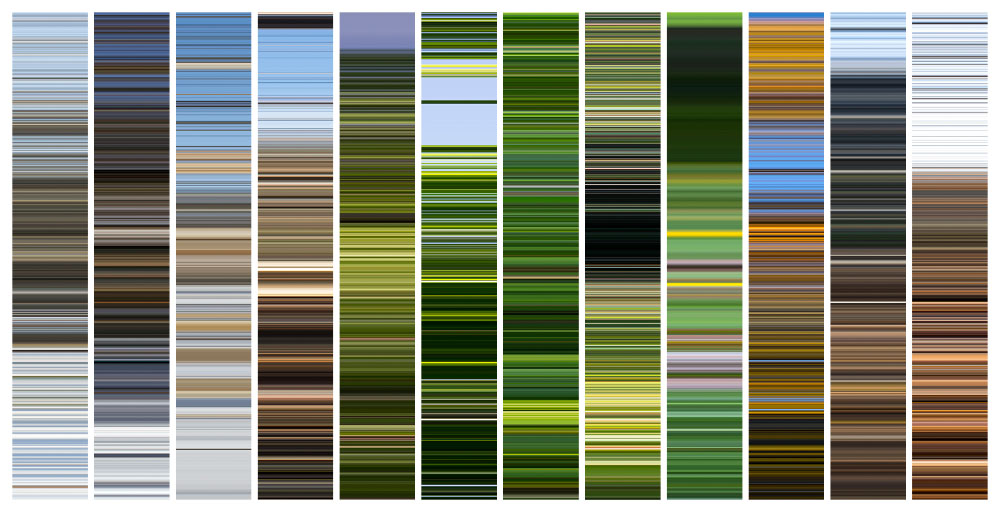Tag Archives: Nature
Mud Season, Part 3
Mud Season, Part 2
Mud Season, Part 1
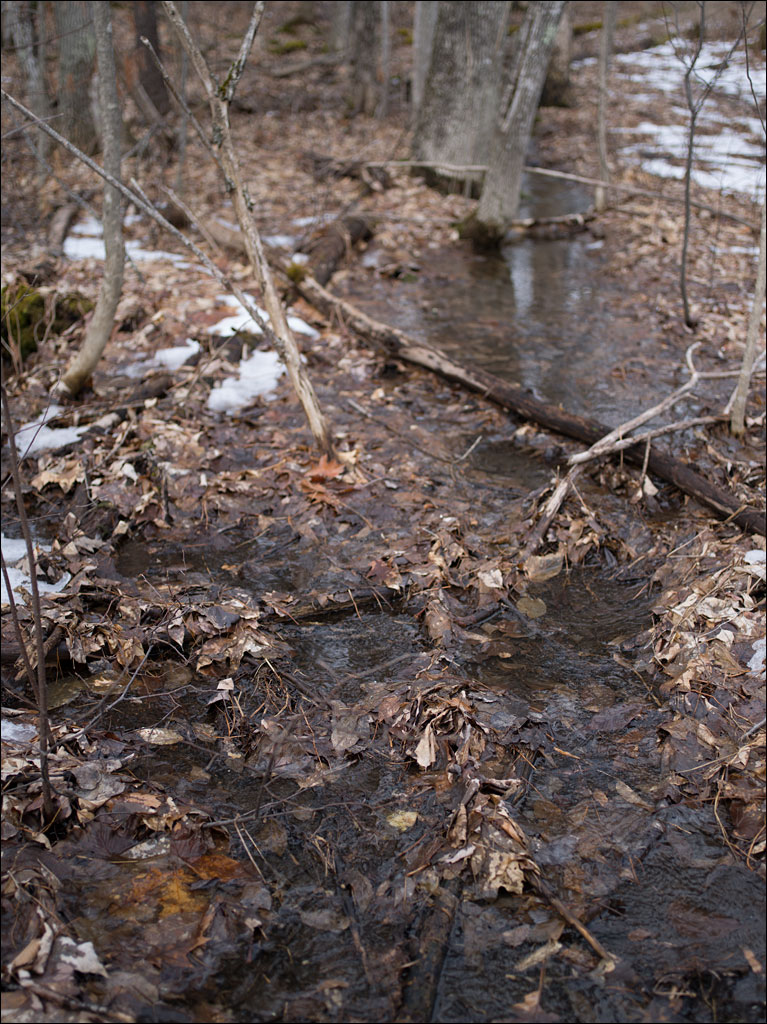 We have had a very warm winter. We usually have a snow pack of a foot or so at this time of year. But we are in mud season, a transitional season between winter and spring. The land is either still frozen or waterlogged and so the run off from the melting snow or rain creates vernal streams and pools. The water can be surprisingly clear. But the landscape looks forlorn, like a dog after a bath. Click on the image for a larger view.
We have had a very warm winter. We usually have a snow pack of a foot or so at this time of year. But we are in mud season, a transitional season between winter and spring. The land is either still frozen or waterlogged and so the run off from the melting snow or rain creates vernal streams and pools. The water can be surprisingly clear. But the landscape looks forlorn, like a dog after a bath. Click on the image for a larger view.
Barren Landscape
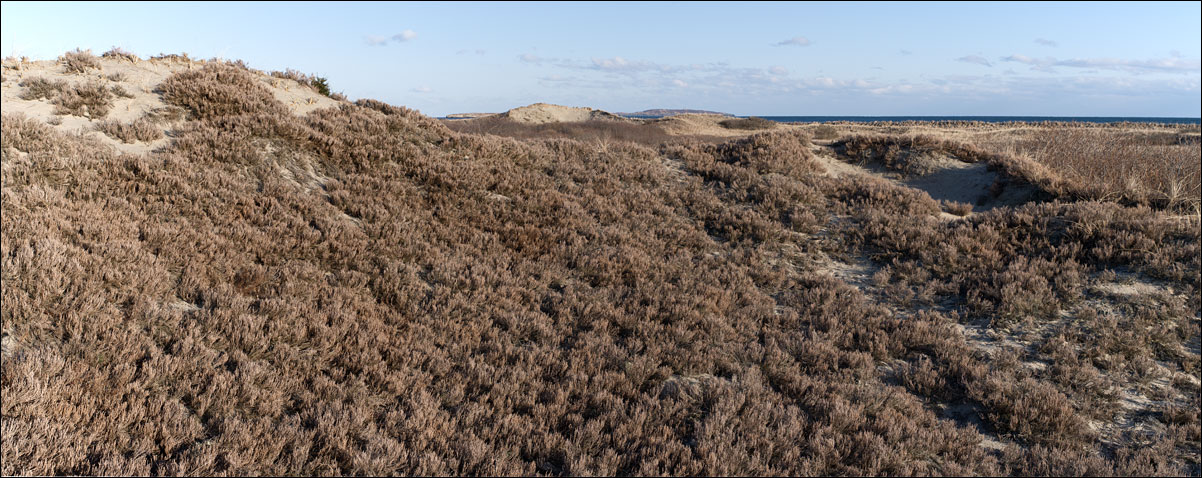 The dunes along Seawall Beach at Bates Morse-Mountain Conservation Area. Winter holds the landscape in stasis. Click on the image for a larger view.
The dunes along Seawall Beach at Bates Morse-Mountain Conservation Area. Winter holds the landscape in stasis. Click on the image for a larger view.
I have recently been around conversations in art, and in particular, photography. One conclusion I keep taking away about our art world seems to be a boredom with the world and its beauty. Photography seems to echoing our narcissistic times by making statements about itself; declaring itself a fiction and fetishizing this revelation. And when it does look at the world, it is to exploit it as a freak show or to confuse banality with profundity.
Or is our wider culture simply bored with the world? Like adrenaline junkies, we seek out novelty, something weird or strange. If there is nothing that gets our immediate attention, do we move on? Has the norms of advertising conditioned us into wanting instant recognition, instant gratification?
Sand is the detritus of the land. Having been reduced to such a fine state, the wind and water control its destiny. Yet, plants have evolved to exploit this unlikely environment. Invading it. Holding the shifting ground in place. And when dormant in winter, this organic colony continues its grip. Even when it trades its summer green for brown, it is beautiful.
Serpentine
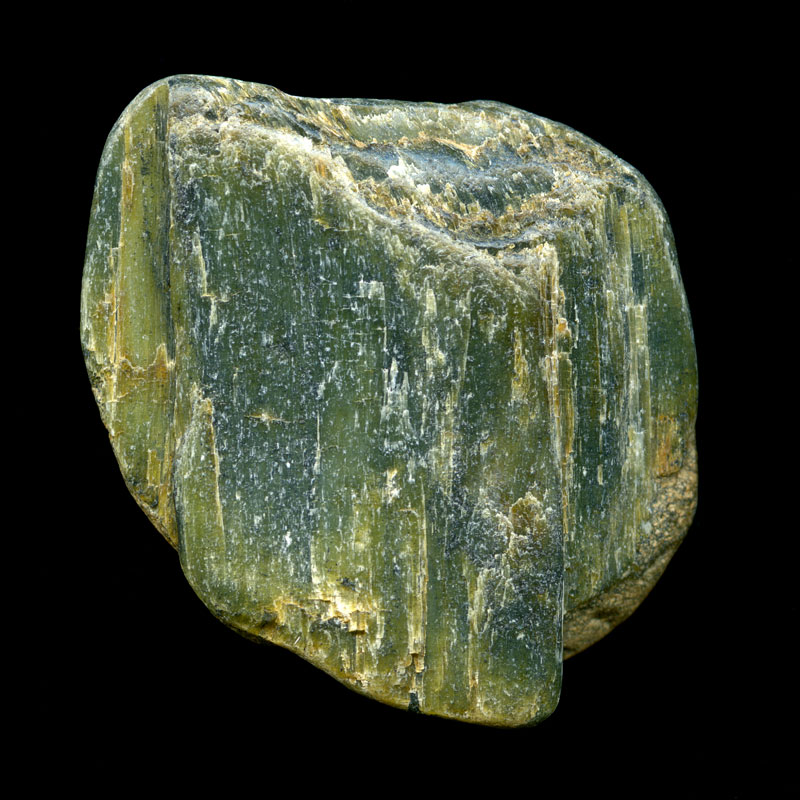 This mineral gets its name from its resemblance to the green skin of a snake. Water, pressure, magnesium, silica, and iron are its recipe and ingredients. Despite its softness, this rock was wrought when a slab of the Earth’s mantle was forced to the planet’s surface with the closing of an ocean between two continental plates. The conditions and material that create serpentine are toxic to plant life. Click on the image for a larger view.
This mineral gets its name from its resemblance to the green skin of a snake. Water, pressure, magnesium, silica, and iron are its recipe and ingredients. Despite its softness, this rock was wrought when a slab of the Earth’s mantle was forced to the planet’s surface with the closing of an ocean between two continental plates. The conditions and material that create serpentine are toxic to plant life. Click on the image for a larger view.
The Soft Edge of the Land
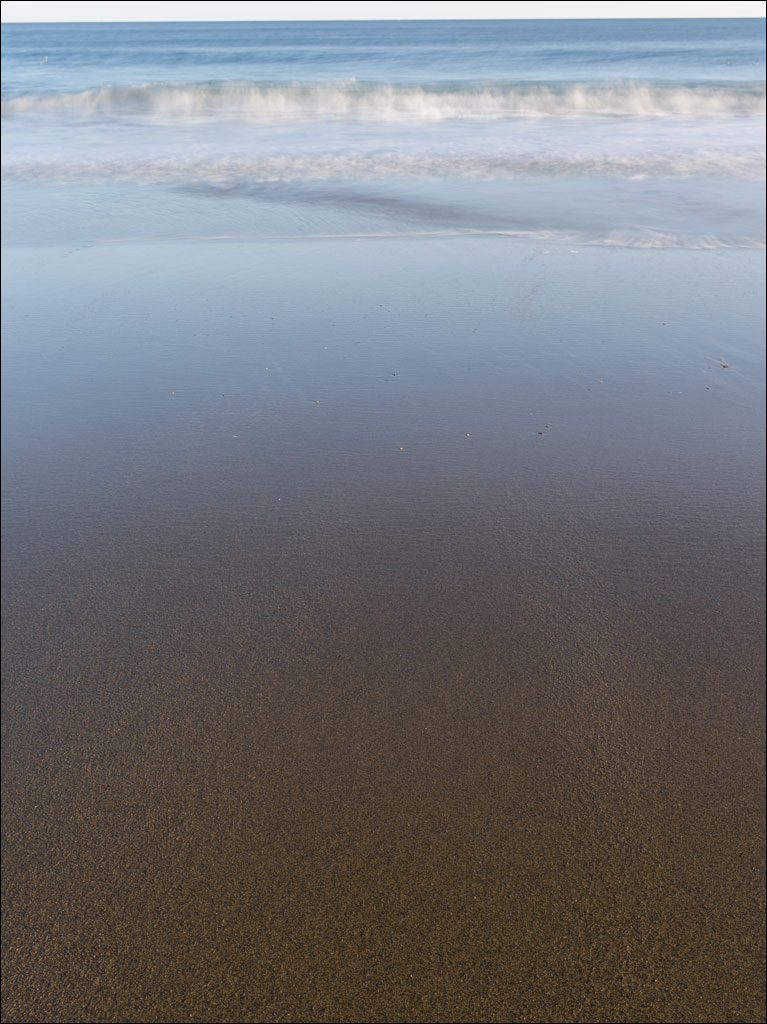 Mid-coast Maine is famous for its rocky coastline. The transition between land and sea is hard and clear. Reid State Parks is one of the few places to find a large sand beach. I find this soft edge to the land is mesmerizing. Unlike the unrelenting granite, the beach ebbs and flows with the seasons like a slowly beating heart as the sand is pushed inland in the winter and then moves back toward the sea in the summer. Click on the image for a larger view.
Mid-coast Maine is famous for its rocky coastline. The transition between land and sea is hard and clear. Reid State Parks is one of the few places to find a large sand beach. I find this soft edge to the land is mesmerizing. Unlike the unrelenting granite, the beach ebbs and flows with the seasons like a slowly beating heart as the sand is pushed inland in the winter and then moves back toward the sea in the summer. Click on the image for a larger view.
Seaweed
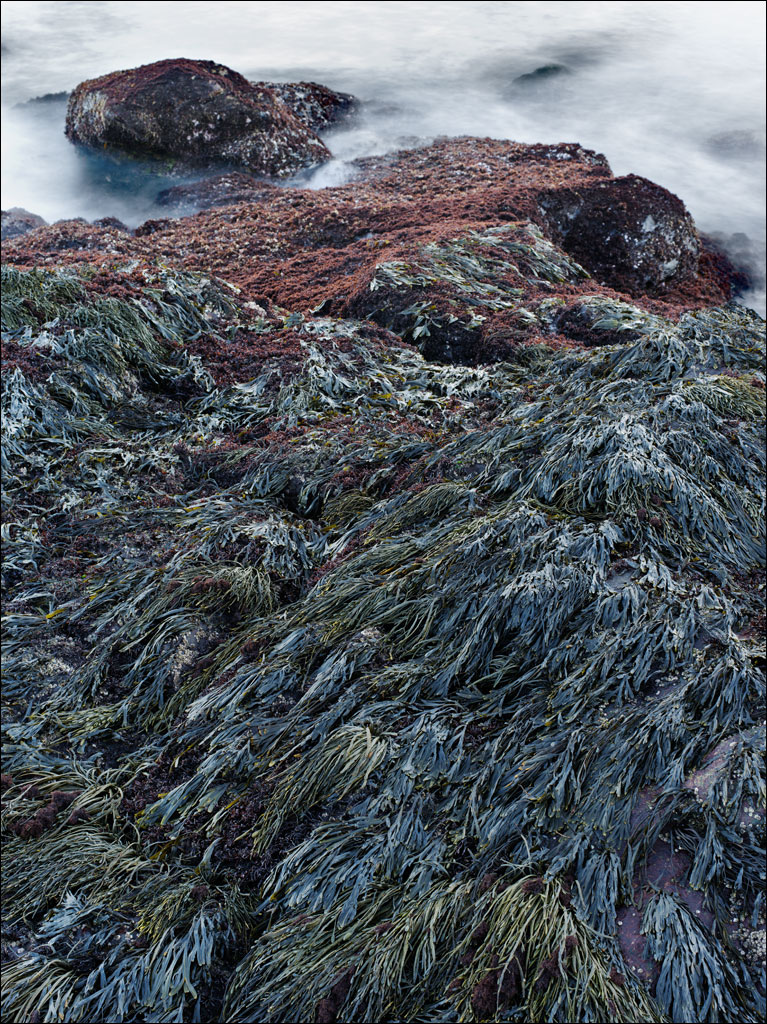 Because of the mild temperatures this year, much of the coastal seaweed has not been sheared from the rocks with sea ice. Both green and red varieties of this algae we erroneously label a weed—they aren’t plants—grow along the coast. This was taken at Reid State Park. Click on the image for a larger view.
Because of the mild temperatures this year, much of the coastal seaweed has not been sheared from the rocks with sea ice. Both green and red varieties of this algae we erroneously label a weed—they aren’t plants—grow along the coast. This was taken at Reid State Park. Click on the image for a larger view.

